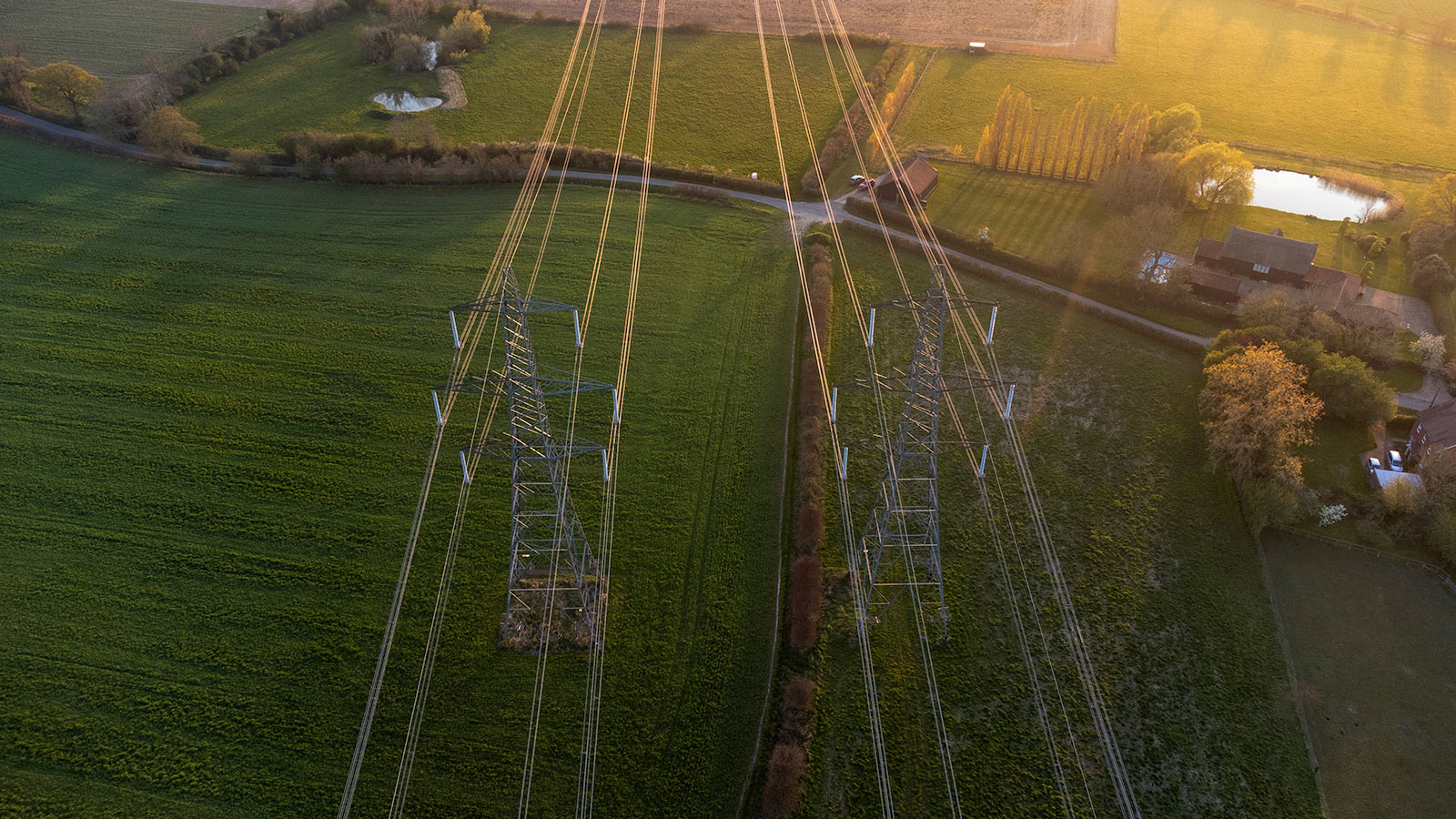Dr. Avinash Aithal, Head of Open Networks, Energy Networks Association, explores the UK’s recent success with unlocking grid flexibility.
It’s a clear fact that reaching net zero requires a significant shift towards harnessing renewable energy sources like wind and solar. However, the path to this goal is anything but a simple journey. Unlike the conventional gas and coal generators that have monopolised our power grid for over a century and a half, these new energy sources pose a unique challenge: they have variable output and are geographically dispersed across the network.
The old model, centred on single large power stations supplying energy in a one-way stream, did not demand flexibility as those power stations could easily adjust by burning more or less fossil fuels in response to demand. Across the world, there is a growing realisation that with the rise of green technologies, our conventional notions of electricity production, consumption, and control must adapt.
In this landscape, the UK’s electricity networks have emerged as pioneers in introducing a ‘flexible’ grid. The latest statistics released by the Energy Networks Association (ENA) show the scale and potential of the UK’s rollout of grid flexibility. In the previous year, UK electricity network companies engaged in an unprecedented tender of 4.6 MW capacity on Great Britain’s local flexibility markets. Of this capacity, 2 MW was successfully contracted.
These figures already make Great Britain one of the biggest flexibility markets in the world, and with much more demand to be met, the potential for growth is clear. That is the equivalent of supporting the connection of over a quarter of a million 7kW electric vehicle charge points, or providing electricity to over four million homes across the UK, with no new cabling required.
Over 70% of the contracted flexibility is rooted in low-carbon technologies such as stored energy, solar power, and biofuels. These figures unfold against the backdrop of the sixth year of ENA’s Open Networks programme. As a testament to its progress, Ofgem, the UK’s energy regulator, has reaffirmed its support to further accelerate the programme’s trajectory.
At the heart of this transformation, Open Networks play a pivotal role in bridging the gap between energy demand and contractual commitments. This function offers a unique opportunity for distribution network operators (DNOs) to not only involve a broader spectrum of energy innovators in tender processes but also consistently drive down costs for consumers.
The most exciting prospect is that this momentum is far from stagnating. More interconnected devices, constantly providing real-time data to the networks, has notably improved the synchronisation between energy demand and supply. This approach allows DNOs to optimise existing infrastructure more efficiently, circumventing the need for costly expansions.
In the global race towards achieving net zero emissions, countries across the globe are establishing themselves as specialists in different components of the transition. Here in the UK, we are positioning ourselves as leaders in grid flexibility.
Reflecting on the global journey toward a sustainable energy landscape and looking ahead, it’s evident that progress is driven by collaboration, innovation, and adaptability. As energy systems across the world continue to contribute to these collective efforts, it’s the innovative approaches like flexibility that will propel us closer to a resilient, net zero future.


